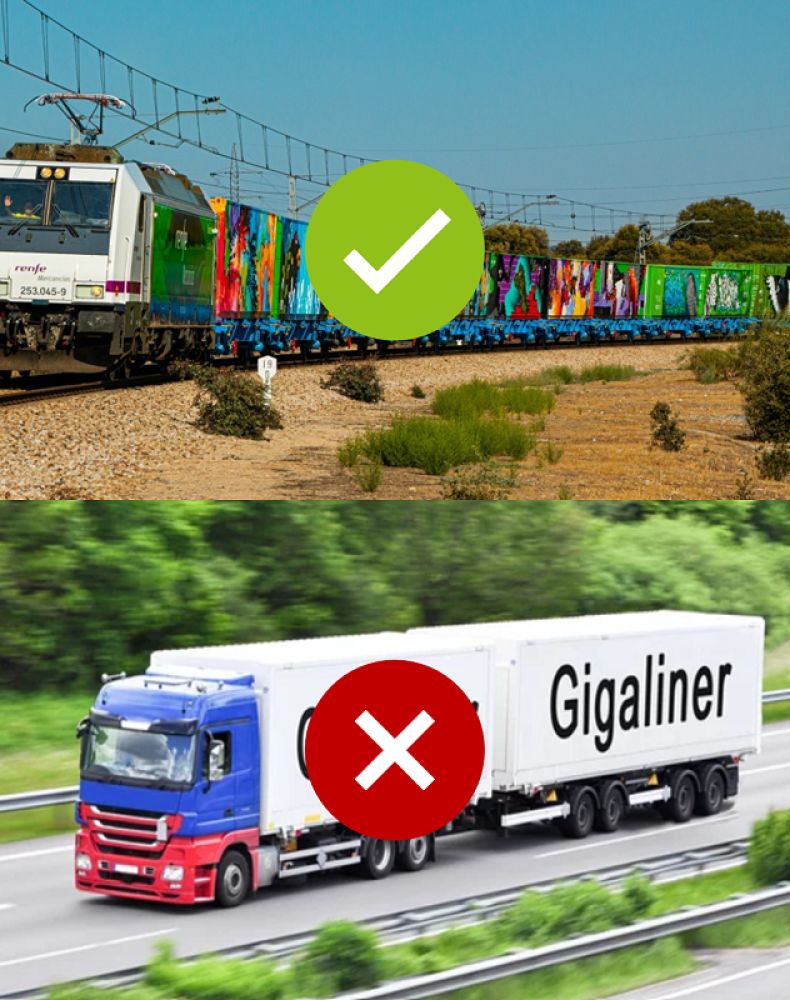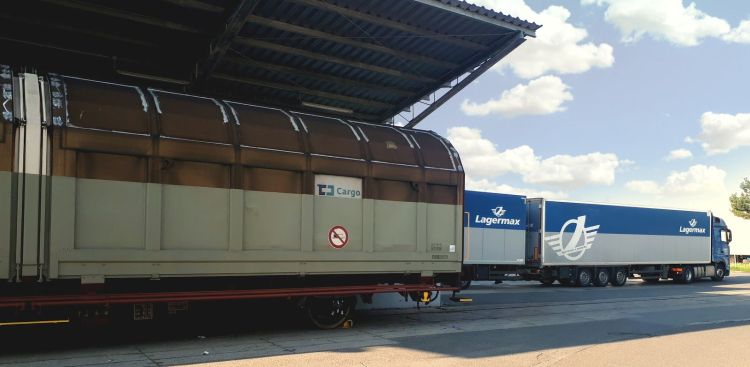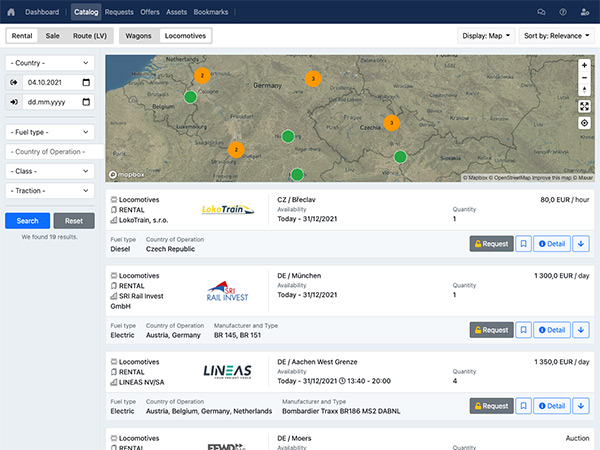The European Union's approach to green transport, particularly through the modification of the Weights & Dimensions Directive, aims to support the electrification of road transport by allowing heavier and longer vehicles, ostensibly to accommodate the additional weight of batteries for electric trucks.
However, this initiative is facing criticism for potentially leading to unintended consequences that could undermine broader environmental and safety goals. Industry leaders and studies highlight that the directive, by not limiting its allowances to electric trucks and facilitating the use of oversized trucks across borders, could result in a significant increase in CO2 emissions, road damage, and safety risks. The rail sector, a more environmentally friendly mode of transport, stands to lose significantly, with projections indicating a substantial decline in rail freight transport's market share.

The criticism is grounded in data suggesting that the shift towards heavier and longer road vehicles (including non-electric ones) might actually incentivize road transport over greener alternatives like rail, despite rail's considerably lower energy consumption and emissions profile. The potential proliferation of these large vehicles, known as "Giga liners," threatens to increase CO2 emissions, exacerbate road wear and tear, and raise safety concerns, all while diverting freight from rail to road transport. This shift could not only lead to increased maintenance and infrastructure costs—borne by taxpayers—but also contradict the EU's environmental and safety objectives.
Given the strategic importance of reducing transportation emissions as part of the broader climate goals, there is a call for a more holistic approach to transport policy. This involves revising the Weights & Dimensions Directive in concert with the Combined Transport Directive to promote a transport sector that genuinely supports sustainability. Such revisions would ensure that allowances for heavier and longer vehicles are restricted to electric trucks and that the policy framework considers the impact on all modes of transport, not just optimizing for road transport.
The proposed approach emphasizes the need for compatibility between truck dimensions and combined transport operations, underlining the potential for a synergistic relationship between road and rail that leverages the strengths of each mode. By focusing on the interoperability of electric trucks with rail freight, the EU has the opportunity to create a more sustainable and efficient transport system that aligns with its Green Deal objectives and supports a significant increase in rail freight traffic by 2050. This strategy would not only mitigate the negative impacts associated with heavier and longer trucks but also ensure a balanced and integrated transport sector capable of meeting the EU's ambitious environmental and safety targets.
Read the facts and figures sheet by CER on bigger & heavier trucks here.

